After so much mess in the crypto world, why do we still care about this technology, and where can it lead us?
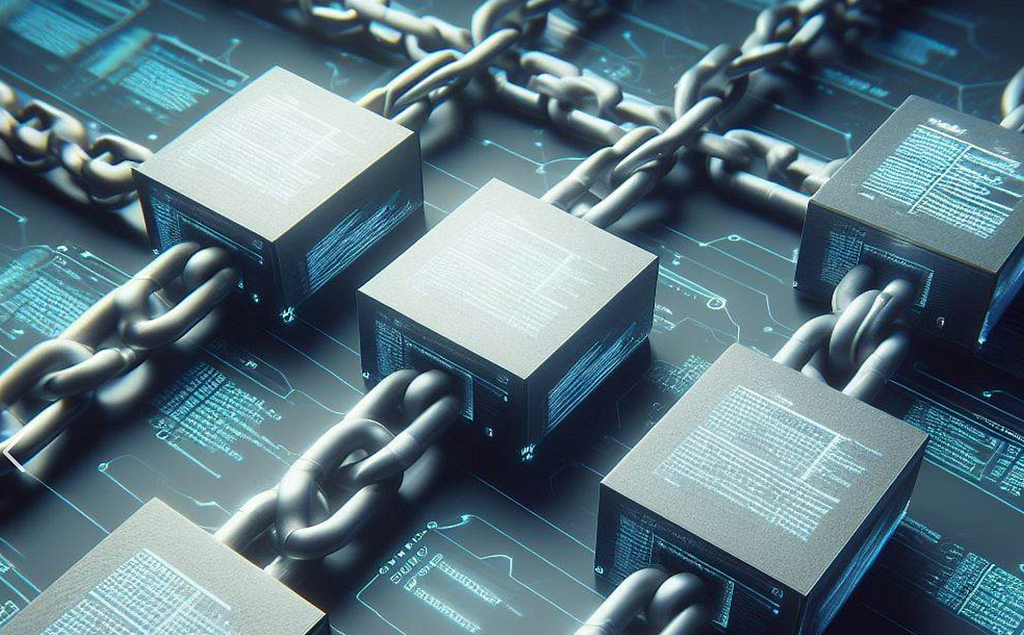
A lot has been said about crypto prices in recent years. We have seen cryptocurrencies with significant fluctuations throughout the years, making some people rich suddenly and others lose everything in a single stroke.
Not to mention the NFT Market that generated over $23 billion in trading volume in 2021, and now most NFTs are worthless.
But behind these significant fluctuations in crypto assets and these once-hyped projects that have hit rock-bottom valuation, there is a technology with great disruptive potential that has been breathing life into several projects that add value to our society.
In this article, I invite you to leave aside the investment bias and focus on a technological approach so you can understand the key milestones of the web that made us get here and what you can expect for the future.
The Birth of Web
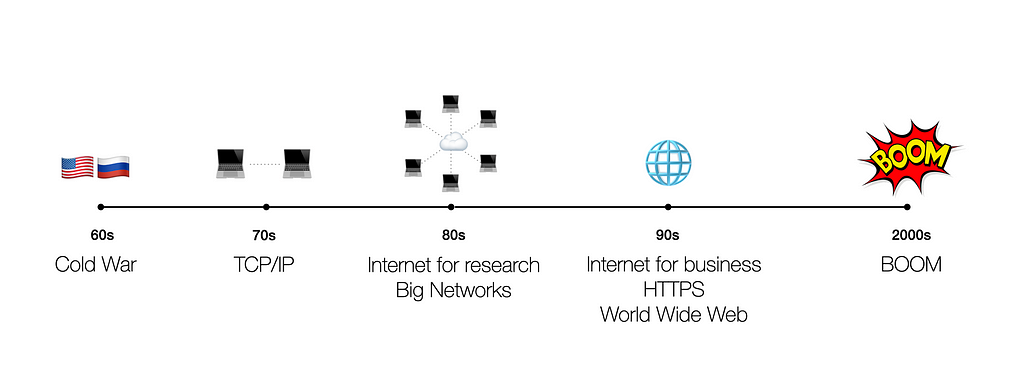
The first step towards decentralization occurred in the Cold War when the United States created a system for decentralizing its information in the Pentagon, making it accessible remotely to prevent the potential loss of government documents in a supposed attack.
Subsequently, the computer communication system expanded beyond the military environment. It underwent various improvements, including the standardization of TCP/IP, which enabled the creation of the National Science Foundation Network in 1985, a vast network connecting universities focused on research and education.
In the 1990s, the internet also started to serve commercial purposes, becoming more popular until it experienced its boom in the 2000s. From then on, leading up to Web3, we can divide the web into two major phases: Web 1.0 and Web 2.0.
Web 1.0 (1995–2005)
Web 1.0 was primarily composed of static web pages. Users were especially consumers of content. Through a computer at home, users could connect to a server and download information for reading. This protocol became known as client-server.
Standard websites of that era included libraries, catalogs, and corporate pages, where all the content was static. At that time, there was a main professional responsible for diagram content to be consumed: The web designer.

Web 2.0 (2005 — present)
Web 2.0, the one we are familiar with today (since Web3 is still in its early stages), consists of dynamic web pages where users interact and create content. In other words, users read and write information to the server.
Social networks, streaming services, finance apps, and Software as a Service (SaaS) products, in general, emerged during this period.
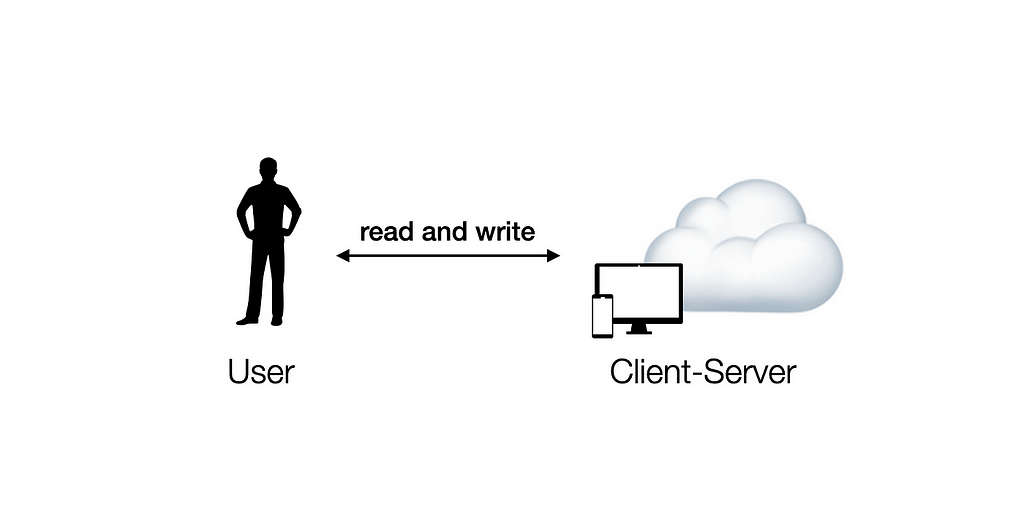
During this phase, with a significant focus on creating cross-platform products (not just on desktops anymore) that are user-friendly, have intuitive interfaces, offer a good user experience, and are profitable, the tech industry underwent significant changes. There’s no longer a single professional responsible for this. Instead, there’s a multidisciplinary team comprising designers, software engineers, product managers, data scientists, and more who work on continuous interactions to enhance what is delivered to users.
If Web 2.0 made us think about user experience and created great and competitive user-centric products, why did Web 3.0 come?
The rise of Web3 is driven by several factors, including concerns about data privacy and the monopolistic practices of big tech companies. The fact is that this user-generated data interaction model has created a valuable database for large companies, which, when combined with sophisticated algorithms, can even discover if a person is pregnant before their own family.
The main issues that Web 2.0 brought include a lack of privacy, the creation of monopolies, and concentrated power in intermediaries who, by enjoying a dominant position, may be less flexible. What up-and-coming artists could afford the consequences of leaving Spotify if they disagree with its policies, for example?
Web3 promises a more democratic and equitable internet, where users have more ownership and control.
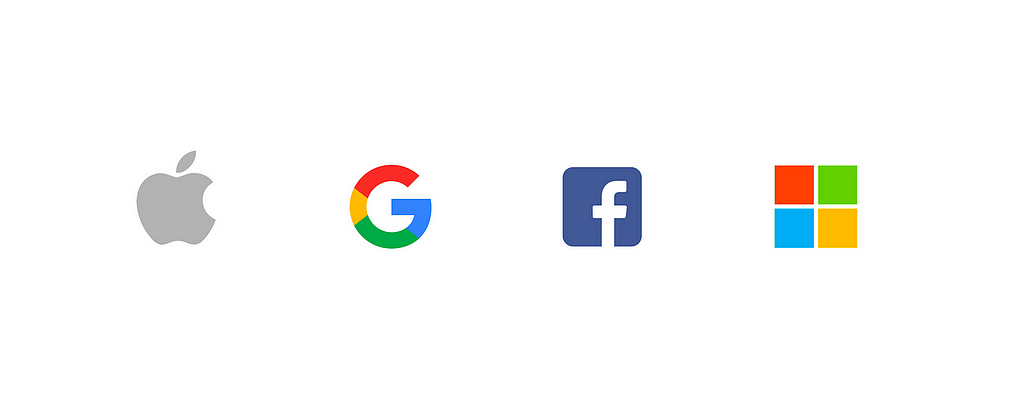
What if… we could process and store data at the network level, facilitating interactions among participants efficiently without delegating control to a central authority (subject to its own interests)?
A new technology arrives on the web
It was with this idea that Satoshi Nakamoto published the white paper titled “Bitcoin: A Peer-to-Peer Electronic Cash System” in 2008. Behind the Bitcoin cryptocurrency, there is a ledger technology that is anonymous, encrypted, secure, and validated by everyone on the network. This new technology became known as Blockchain.
Blockchain, as the name suggests, consists of blocks linked in a chain. Each block contains a list of transactions and the hash of the previous block, so to change the content of a block, you would need to generate a new hash and modify all the subsequent blocks, making the task very difficult for a hacker and ensuring the security of the network.

Then, a group of individuals realized that this technology could be used for more than just recording monetary transactions. In 2014, Vitalik Buterin, along with six others, launched the Ethereum network. This blockchain network also has its cryptocurrency, Ether, but is capable of recording complete applications through its Smart Contracts. Smart Contracts are self-executing programs that perform a function when a specific condition is met.
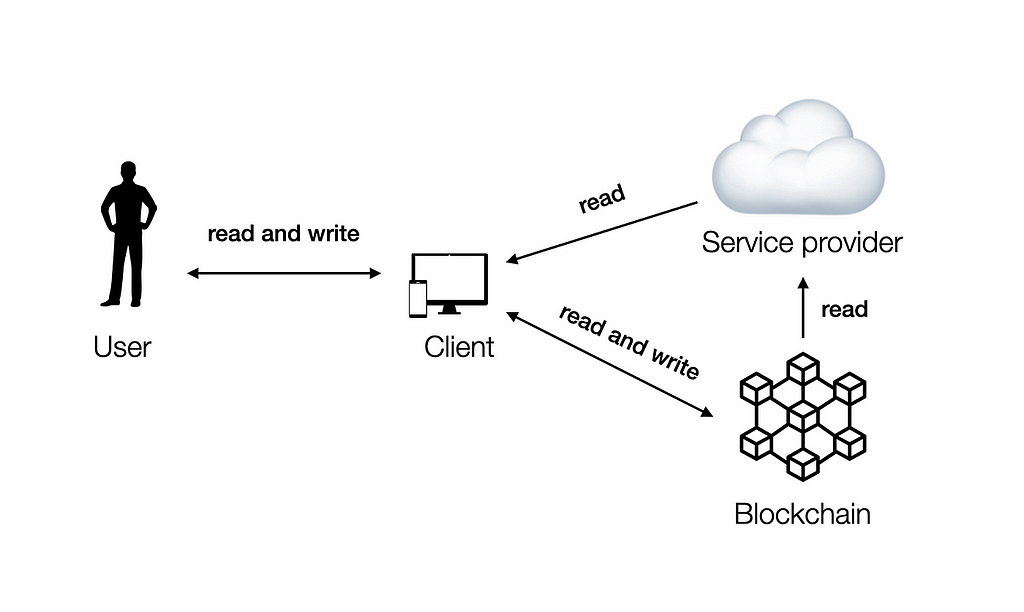
This gave rise to dApps (decentralized applications) that serve as a user-friendly interface for users to view and record on-chain data directly on the network without going through a service provider (intermediary). The blockchain acts as a decentralized server, and the service provider only consumes the data and delivers it for the user to view on the interface. This decentralized model enhances transparency and reduces reliance on centralized intermediaries.
Another type of token
With Bitcoin's blockchain, only a fungible token (one bitcoin is equivalent to another bitcoin) was recorded.
However, with Ethereum and Smart Contracts, a new type of token emerged: the non-fungible tokens (NFTs).
NFTs
- Unique digital certificate
- Registered on the blockchain
- Customizable contract possibilities
- Various applications
NFTs have gained significant attention in certifying ownership of unique digital assets, not only digital art and collectibles but also proof of attendance, educational certificates, digital real estate… among other applications. Each NFT is distinct and cannot be interchanged with another, making them ideal for representing and trading one-of-a-kind digital assets.
Too late to turn back.
Web3 represents a significant shift in how we think about the internet and our interactions with it. While there are still technical and usability challenges to overcome, the potential benefits of Web3 are too great to ignore and might be a trend in the future of the internet.
You own your items.
Web3 allows you to custody your own assets (whether cryptocurrencies or NFTs, they are always tokens) in wallets where only you have the private key. This means you are not vulnerable to platforms that might mismanage your assets, go bankrupt, and cause losses to their users. Keep in mind:
Not your keys, not your coins
If you store your crypto on a web2 platform, you are still subject to its shortcomings. Just as it happened with FTX.
Fewer intermediates and cheaper costs.
A great example is De-Fi (Decentralized Finances), a blockchain-based financial system that aims to recreate traditional financial services, such as lending, borrowing, trading, and asset management, without the need for traditional intermediaries like banks or brokers. Enabling peer-to-peer transactions decreases the costs, while the smart contract works as an escrow, providing security for the transaction.
In conclusion, Web3 represents the future of the internet, and we are just beginning to scratch the surface of its potential. It is up to designers, developers, and other stakeholders to embrace this new paradigm and shape it into a more inclusive and empowering web for all.
More power to the users.
Remember Spotify's monopoly? There’s a blockchain-based audio streaming project called Audius that allows each artist to set up their monetization through smart contracts and token issuance. This is because the platform doesn’t act as a service intermediary but as a decentralized protocol managed by the community.
There is still a long way to go.
You might have noticed that there are several exciting initiatives using blockchain. However, the technology is relatively new and still has some obstacles to overcome. OCC lead Michael Hsu said the crypto world “remains replete with fraud, scams and hacks,” however, for the US bank regulator, while there is less interest in crypto itself, the intrigue in tokenization grows.
In fact, the Total Value Locked (TVL) of Real World Assets (RWA) has grown rapidly in the last two years, which may represent a trend.
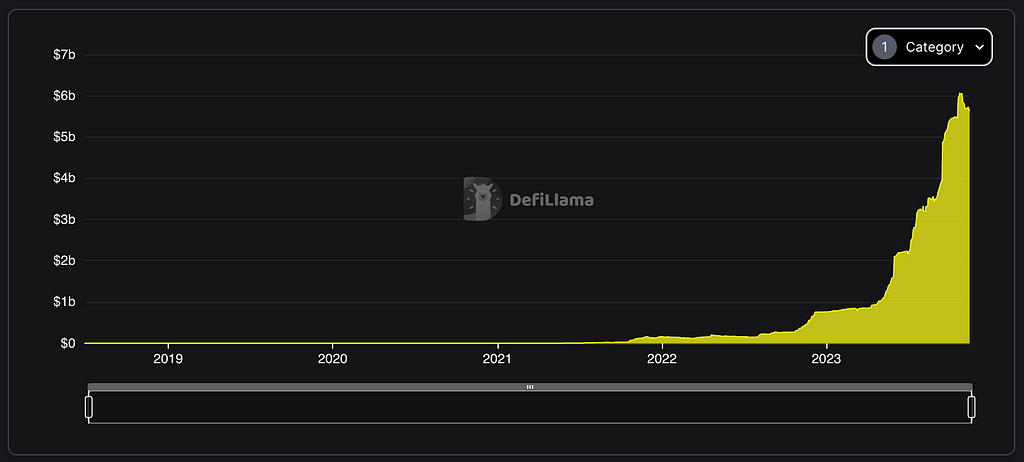
I believe that in the coming years, there will be significant advancements in regulatory matters, which will attract more investors to the sector, enabling the creation of increasingly more services and businesses, leading to gradual mass adoption.
What’s your opinion? Do you also believe that Web3 is here to stay? Are there any other interesting projects worth mentioning? Feel free to share in the comments to enrich the discussion. 🙂
Is Web3 here to stay? What have we learned so far? was originally published in UX Collective on Medium, where people are continuing the conversation by highlighting and responding to this story.

Leave a Reply